Let’s start strong: traditional onboarding is on its way out.
Despite the rising need for more personalized and effective onboarding, it’s still the case that solid onboarding programs are not always a priority for growing organizations.
Considering that employee turnover occurs within a person’s first 45 days on the job, these programs are still too often based on outdated or one-size-fits-all frameworks – an idea of the onboarding process that leads to low retention rates and engagement when implemented.
But what if employee onboarding was more than just a checklist on an Excel sheet? Something more similar to a journey of continuous learning and growth, impacting long-term business KPIs and fostering positive team dynamics?
Welcome to the world of learnboarding, a new approach that could reshape how organizations nurture the growth of their newest team members by combining the structure of onboarding with that of a well-designed training process.
Before we dive into the concept of learnboarding, let’s take a closer look at the stark realities of traditional onboarding. Conventional processes often fall short, leading to high failure rates which have an impact not only on HR professionals but also managers across the board.
The consequences are evident in unclear workflows, elevated turnover, and a pervasive sense of disconnection among new hires.
If you’re still wondering why you should consider prioritizing a learnboarding mindset over a traditional one, here are some statistics that might help you figure it out:
- 6 out of 10 organizations admit their onboarding programs are still shackled to paperwork.
- A mere 1 out of 10 employees claims to have undergone an effective onboarding program.
- Shockingly, 35% of companies invest a grand total of $0 in onboarding new hires.
As we saw before, even when onboarding processes are set, they often lack the elements that would make it a tailored, step-by-step process. This is why we’ll try to understand how to make these processes more efficient by looking at it from a ‘learning’ perspective. In fact, a low-engagement onboarding process leads (also) to negative business results.
Aman Kidway’s 3-step framework designed for efficient onboarding processes lays the groundwork for implementing learnboarding.
The three phases – preboarding, orientation, and onboarding – serve as a versatile toolkit for all managers, not just those in HR, to cultivate a culture of never-ending learning, starting from the very first days of work.
Beyond the typical checklist, learnboarding prioritizes teaching new hires how things work within the company: the policies in place, the organization’s structure, whom to talk to when needed, guides, and introductions to the tools used in the company. To ensure everyone is ready for their learning journey, it’s essential to provide the tools they need to navigate all these pieces of news, translating all the information into ready-made materials they can browse and study in advance.
For example, the flipped classroom approach – coming from the theory of Jonathan Bergmann and Aroon Sams – allows for assessing new hires’ existing knowledge during 1:1 sessions, addressing team members’ specific needs, and ensuring that the time together is spent on what matters most.
How to make it real
- Create dedicated resources new hires can browse in advance, organized into folders or modules by topic.
- Craft a 3-minute video summarizing essential information for new hires to navigate the company’s structure and a basic set of information.
- Develop a checklist to gauge new hires’ understanding of their new team and the company.
Pro tip? Add an assessment-like quiz to measure the effectiveness of your content and pre-boarding strategy.
How do you know if learnboarding is making a difference? Identifying key performance indicators (KPIs) is crucial. Success is not solely determined by the number of completed onboarding modules; it lies in the integration of new hires into the organizational fabric. To measure the success of your program, here are some learning analytics that might come in handy:
- Completion Rates (CR): The percentage of a given task, course, or training program that a participant successfully finishes or completes. It is a measure of how many individuals successfully reach the end or achieve the specified goals.
- Engagement Rates (ER): The level of involvement, interaction, or participation of individuals in a particular activity or program. Engagement rates measure how actively and attentively participants are involved in the learning process, task, or content.
- Hours of Training (HT): The total amount of time spent on training activities, including both active and passive learning. It is a quantitative measure of the duration individuals dedicate to training, which can be important for assessing the depth of their exposure to the material.
- Quality Assessment (QA): In the context of training, quality assessment may involve evaluating the content, delivery, and outcomes to ensure that they meet predetermined standards or criteria.
As you might imagine, learnboarding isn’t limited to HR professionals. Too often we think managers are not part of the onboarding processes, and too often we do not fully realize the importance of holding managers accountable for the onboarding of their team members.
To unlock its full potential, it’s important to adopt learnboarding practices across departments. This involves training all managers to become champions of learnboarding, equipping them with the tools and knowledge to foster a culture of continuous learning.
As Amber Hyatt once said, good onboarding is like a warm welcome – it lets the new employee know that they belong.
In this sense, learnboarding is not just a theory; it is a practical and impactful approach to employee onboarding. By treating new hires as learners and embracing a continuous learning mindset, organizations can create an environment where employees not only stay but thrive.
To make it happen, you need to grasp the basic concepts of effective training and find a technology that supports all your efforts and ideas. Would you like see a learn(boarding) framework in action? Register for our free workshops happening from the 11th until the 15th of December alongside a team of training experts. Get ready with ideas, real-case problems, and all the questions you can come up with!

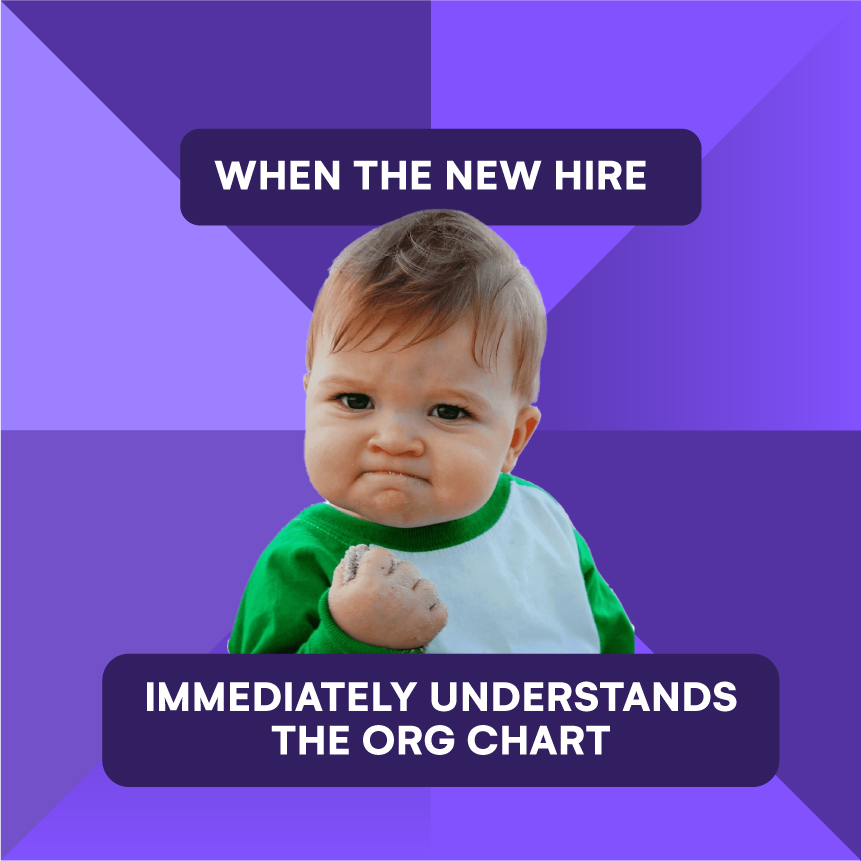
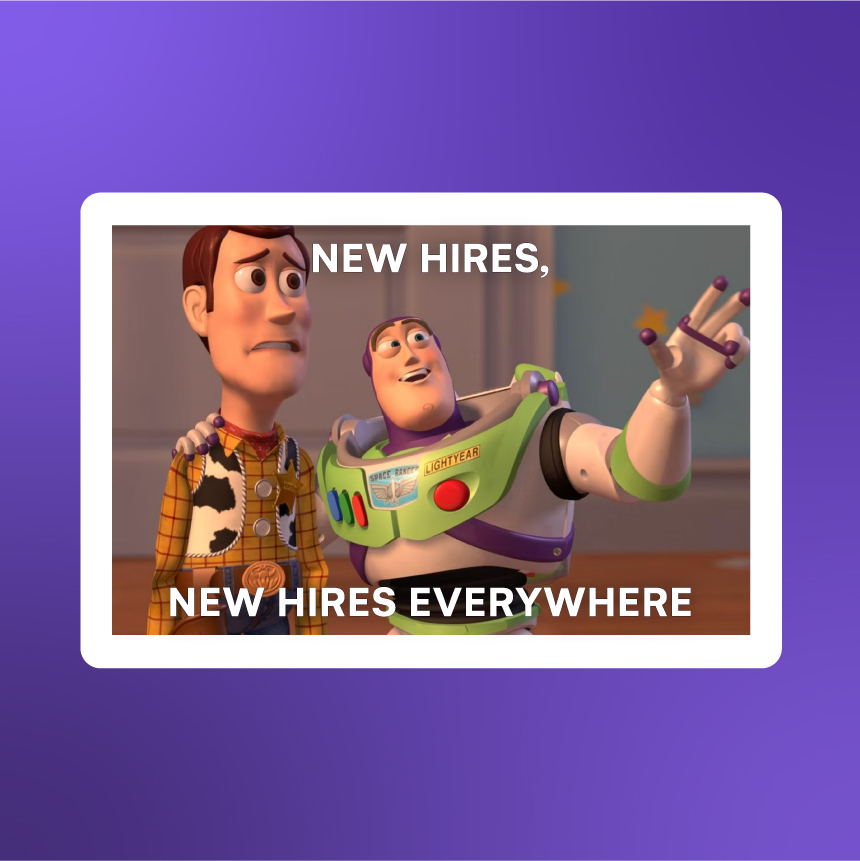
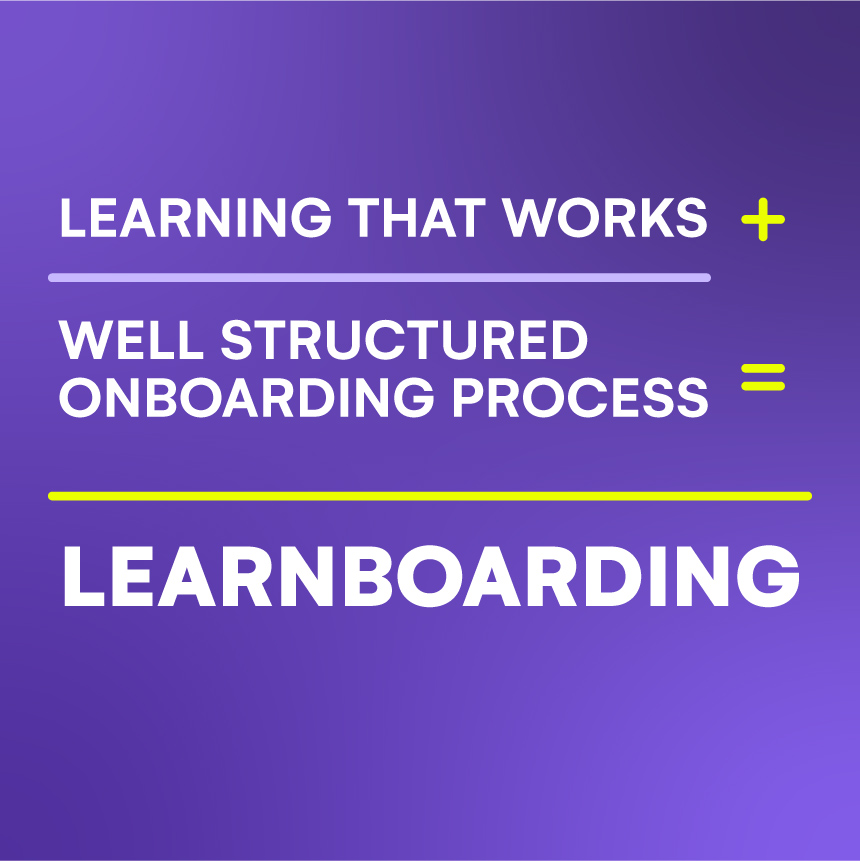

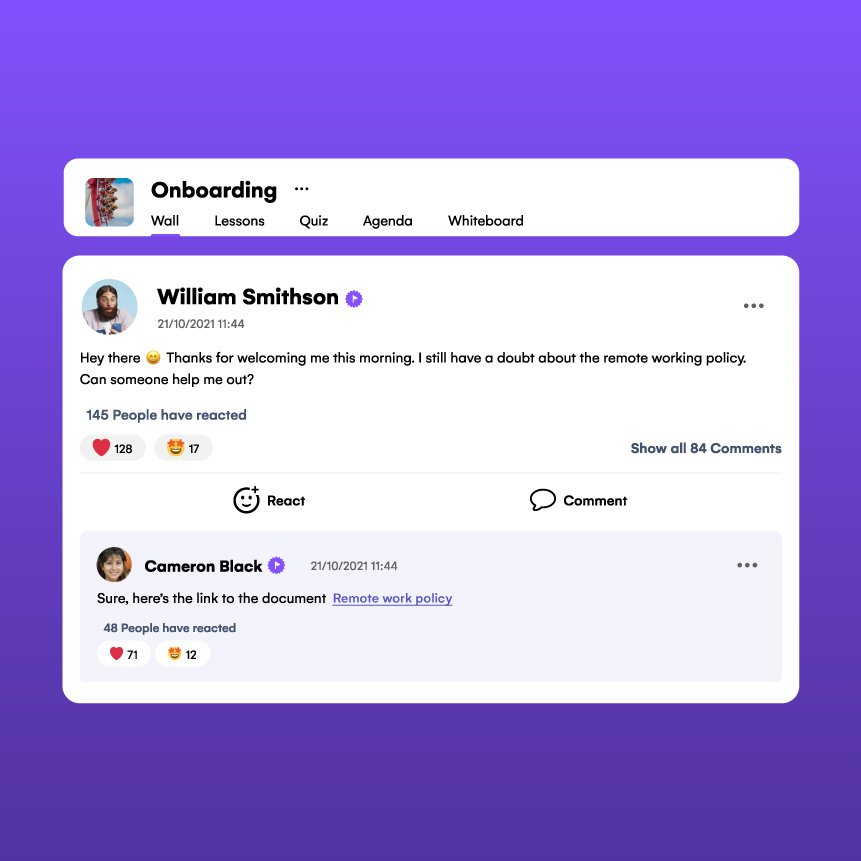

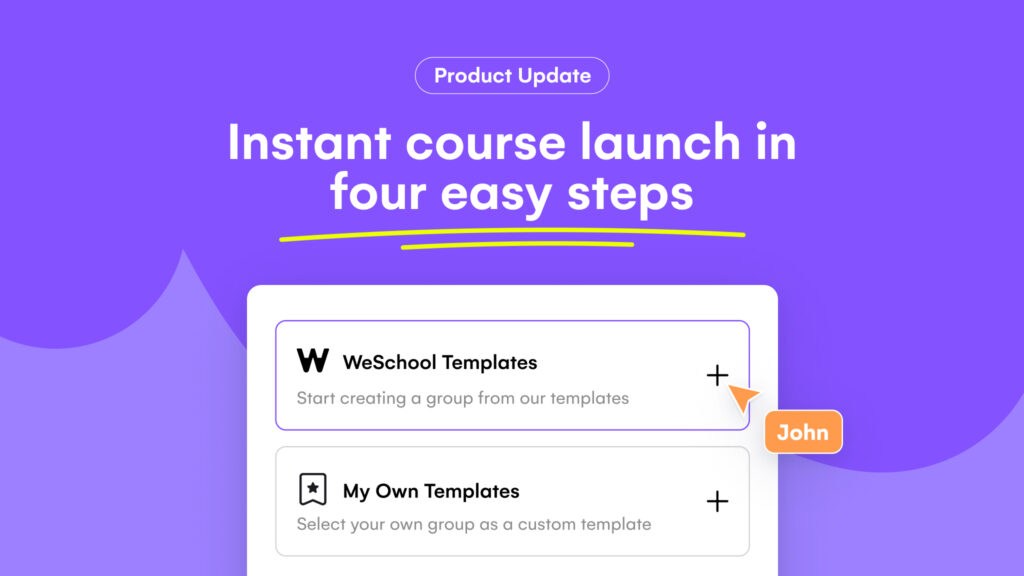

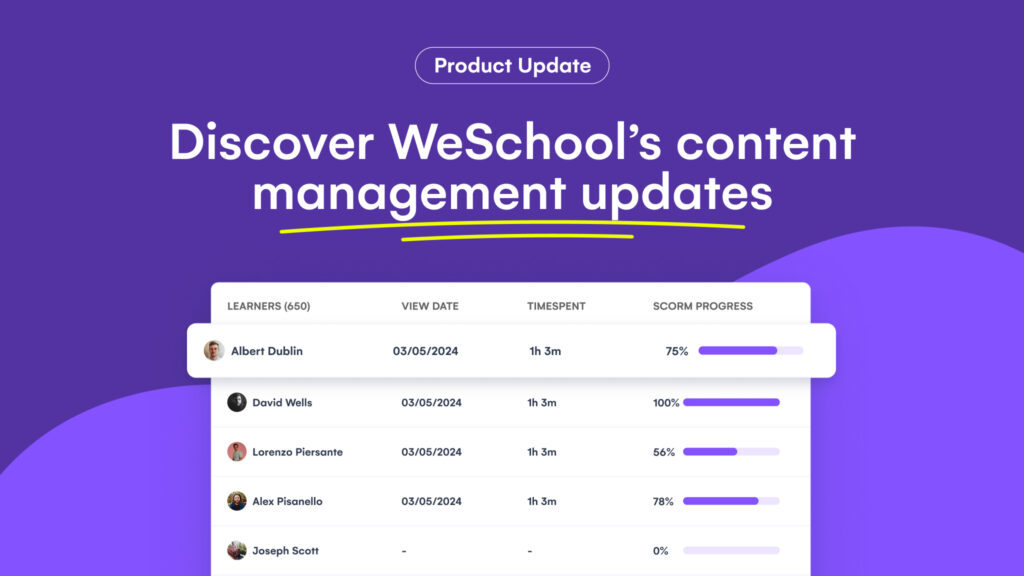
Reviews